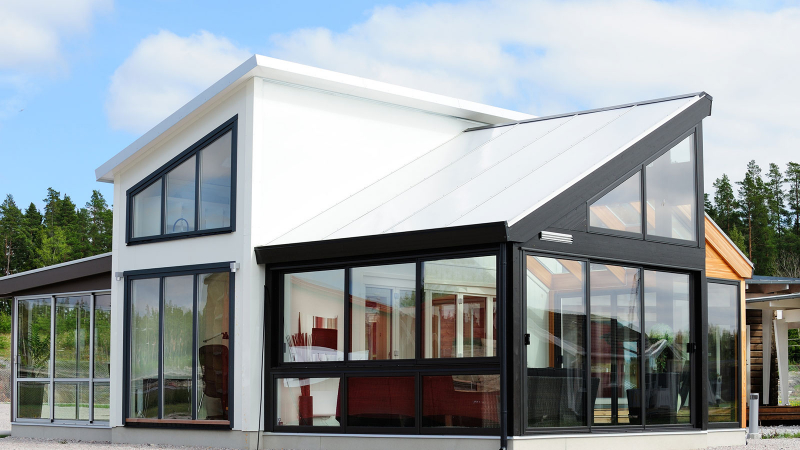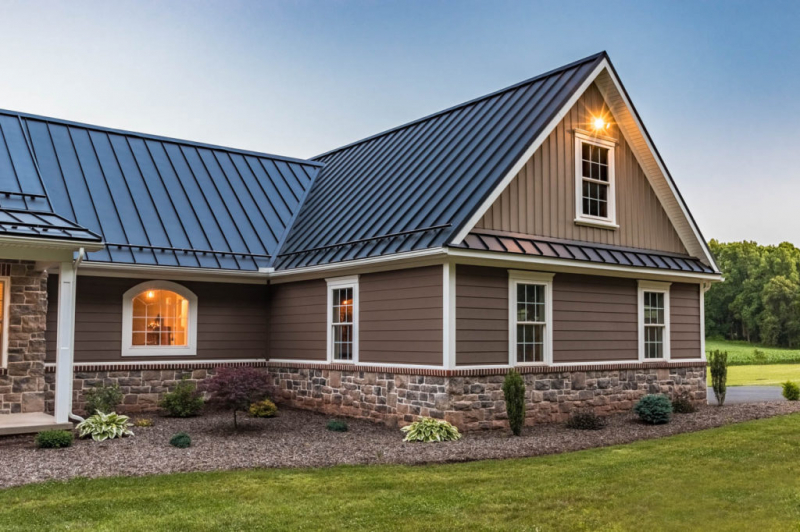Create heat reflecting, rather than absorbing roofs
Creating heat reflecting is one of the effective solutions to urban heat islands. While light colors reflect heat, dark hues absorb it. Dark-colored roofs absorbing heat during the day and dissipating it at night when it is considerably colder makes sense. The slowly dissipated heat essentially stays in a bubble over the region, which is the fundamental definition of the UHI. A dark, heat-absorbing roof can reach temperatures of more than 190 degrees on a day with an ambient air temperature of 90 degrees. When there is a concentration of such roofs, a lot of heat is trapped, which significantly raises the temperature of the UHI compared to the rural areas around it.
The apparent answer to the heat retention issue is heat-reflecting roofs. Like pocket parks, they also have additional benefits. They can lower interior building temperatures, lowering the demand for air conditioning. Reflected heat increases the useful life of roofs by reducing wear caused by the absorption of heat. Therefore, in addition to the owner and tenants of the buildings on which they are erected, cool roofs also benefit the community.












